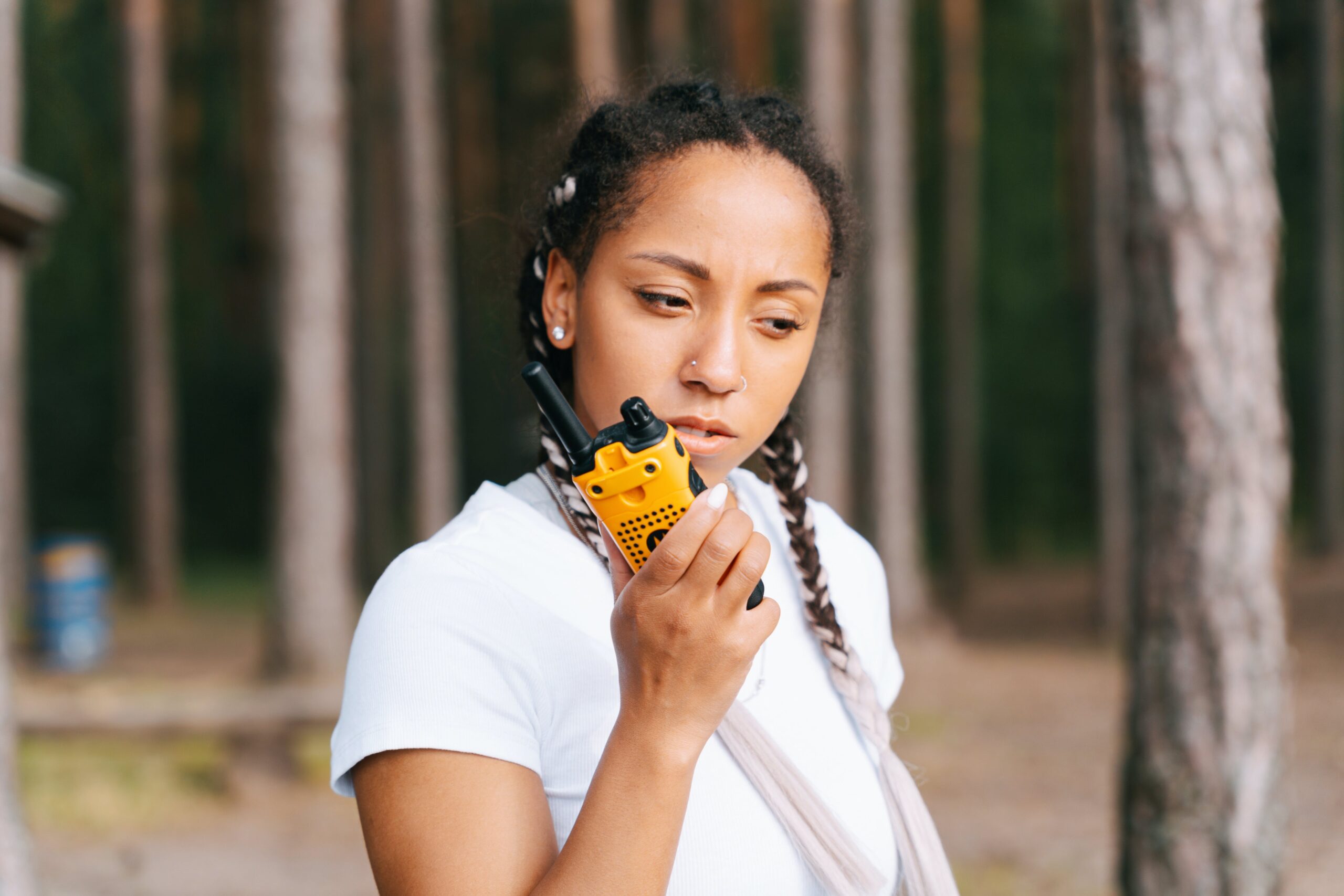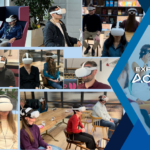The latest data from Ofcom, the UK’s communications regulator, shows that only 7% of UK primary and secondary schools are using licenced two-way radio devices as a means of effective two-way communication.
This means that 93% of schools either use licence-free radios, cellular devices, or nothing at all in respect to the use of two-way communication tools.
Of the 24,996 primary and secondary schools in the country, only 1,762 have an active business radio licence with Ofcom – 249 of these licences were issued in 2023.
Effective two-way communication is paramount in an educational setting, particularly in respect to safety. A rise in violent and threatening behaviour means schools require more tools at their disposal to lessen incidents of abuse, violence, and potential trespassing.
The rise in violence and other threats
A survey of over 6,500 NASUWT members showed that 89% of indicated that physical and verbal abuse from students has increased significantly over the last 12 months.
Teachers reported that they’ve had furniture thrown at them, been bitten, spat at, headbutted, punched, and kicked.
Approximately 18% of respondents also reported needing time off work due to the stress and mental health worries inflicted by the behaviour.
And only 15% of teachers said appropriate action was taken by their school when poor behaviour was reported.
What difference does a licenced radio make?
Licenced radios operate on secure Ofcom frequencies, have better coverage range than licence-free alternatives, have a range of safety features not found on a licence-free radio, and unlike a mobile phone, communication is always instant – as there’s no delay waiting for someone to pick up on the other end.
Expert comment on the data Thomas Bradley of Eemits Communications, a provider of two-way radio solutions for schools, analysed the data, and said:
“We can see from the data that some schools use licenced radios, which is great.
“This means they can use features such as a discreet panic alarm or device location tracking to react quickly to incidents or deter them all together.
“Our advice for any school using licence-free radios is to be aware of the potential pitfalls associated with them.
“This includes any licence-free radio user in the area using the same radio channels as the school. It could create unnecessary safety and safeguarding risks.
“Then there’s limitations with safety features, a lack of reliable coverage, and a lower build quality that means they won’t last as long as licenced radios.
“We know that these decisions can come down to budget constraints and other factors, but it’s important to take everything into account, especially safety, when deciding which communication device to use.”
—
Source of information
The data was sourced via official Ofcom data, both from the Wireless Telegraphy Register for Business Radio Area and Technically Assigned licences and the Light licence WTR details for Business Radio Simple Site and Simple Uk licence.
Schools, academies, and academy trusts were included in the figures. Such institutions, where the naming convention “School of” was present, were checked and validated in respect of being, or not being, a primary or secondary school.
About Eemits Communications
Eemits Communications is a leading provider of digital two-way radio solutions in the UK. In business since 1986, the company has worked closely with different industries, including Education, to improve worker safety, productivity, and efficiency via the implementation of digital two-way radio solutions. More information can be found at www.eemits.co.uk


